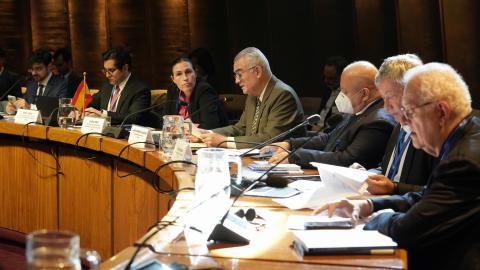Comunicado de imprensa
TRAINING OUTLINE
September 12, 2024:
Introductions and Overview of Economic Analysis using CGE
| 11:00 – 11:45 |
Presentation - What is a CGE Model? An overview and history of CGE models, in relation to other models. An itemization what they can (and cannot) be used for. |
||||||
|
11:45 – 12:00: |
Questions & Answers |
||||||
| 12:00 – 1:00: |
Interactive Demonstration: A 2x2x2 CGE Model and Tax Policy Experiment A simple CGE model is constructed on-site, and some basic economic analysis is done by the class. |
||||||
| 1:00 – 1:30: |
Real World: International Trade Example – Impact of an FTA We analyse the economic impact of a Free Trade Agreement, using a full-scale model, for a specific country in the Caribbean/Latin America. |
||||||
| 1:30 – 2:00: |
Real World: Tax Policy Example We use a CGE model to determine how taxes much change, in order to hit a specific revenue target – in the presence of tax avoidance. The deadweight loss is calculated for different levels of revenue and different tax instruments. |
||||||

